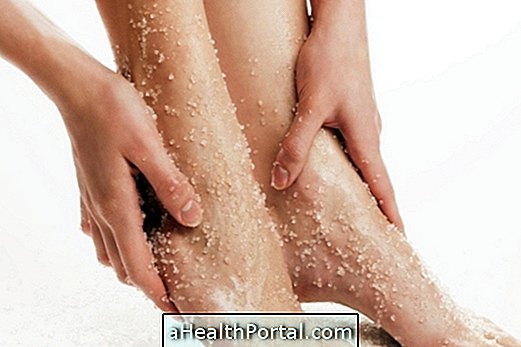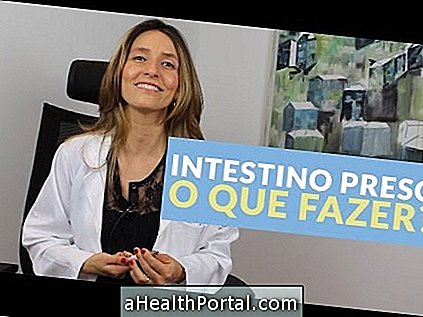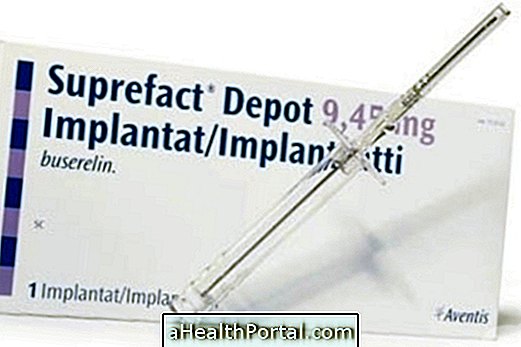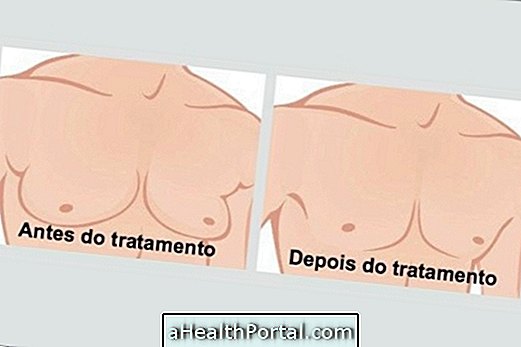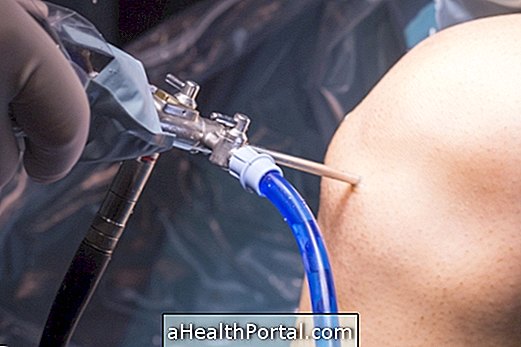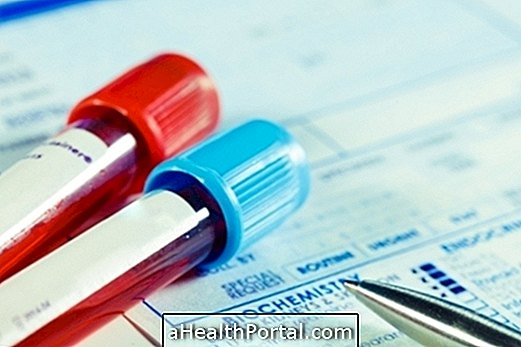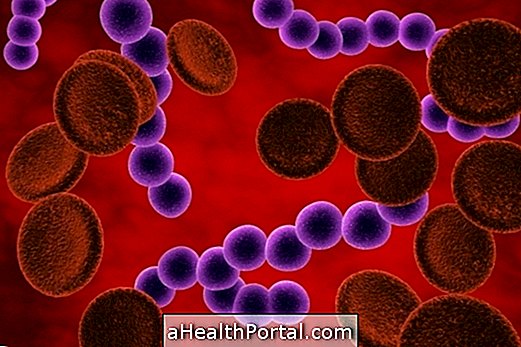A great natural treatment for poor blood circulation in the legs is to avoid sitting too long or standing in the same position. Also, keeping your feet elevated when sitting or lying down is a good way to improve circulation in your legs.
Those who work long sitting tend to have swollen legs and are more likely to develop varicose veins, especially behind the knees, and to avoid this problem, you can put some books stacked under your feet to avoid accumulating liquid in the lower members.

How to prevent poor circulation
To avoid poor circulation of the legs should be:
- Get up every 2 hours and take a walk of at least 5 minutes, either to go to the bathroom or to drink a glass of water;
- Practice physical activity on a regular basis, lasting at least 1 hour, 3 times a week;
- Put a high cushion, to keep the feet higher than the rest of the body;
- Drink at least 2 L of liquid during the day, such as water, milk and natural juices;
- Avoid foods rich in salt, such as salt or sausage. Know which foods that improve blood circulation;
- Massage the legs at the end of the day or perform lymphatic drainage;
- Wear comfortable, non-tight clothing, avoiding straps, tight belts, and tight shoes.
In some cases the doctor may indicate the daily use of elastic stockings that improve circulation, as they help the blood to return to the heart. In addition, it may be necessary to do lymphatic drainage or take medicines to reduce swelling, such as Lasix.
In addition, some examples of home remedies that can be prepared and taken at home to improve circulation is the ingestion of fruits or vegetables such as cashew nuts, beets, oranges and grapefruit, and may be food or tea sugar or natural juice.
The thick salt bath is also a natural option to relieve the symptoms of poor circulation as it is able to stimulate blood circulation, decrease joint pain and promote relaxation.
When to go to the doctor
If symptoms of poor circulation, such as swollen and cold feet, remain for more than 3 months, it is important to make an appointment with the cardiologist to indicate the most specific treatment for the problem, as poor circulation, especially of the legs, if not treated correctly can lead to more serious conditions such as malfunction of the heart.



